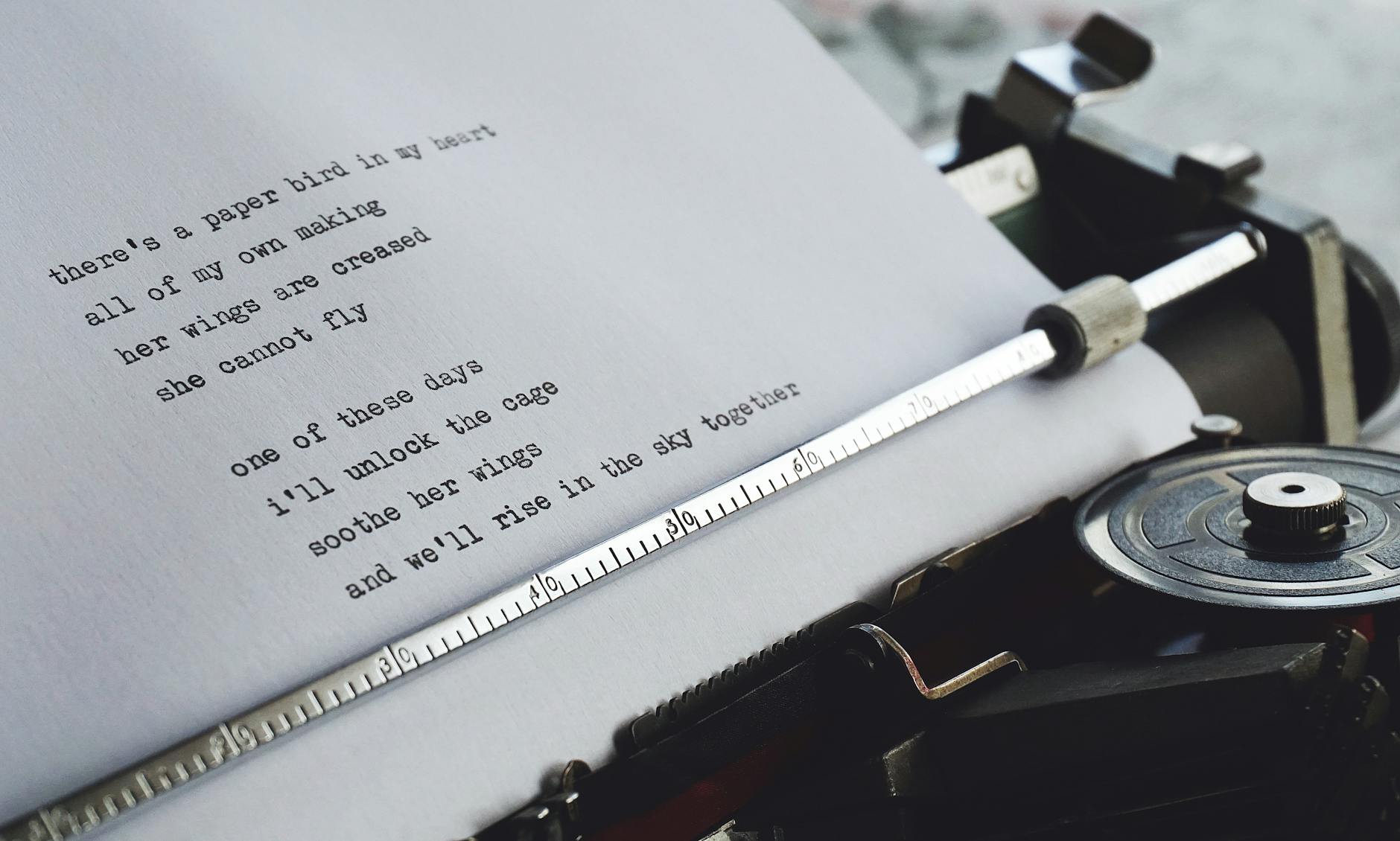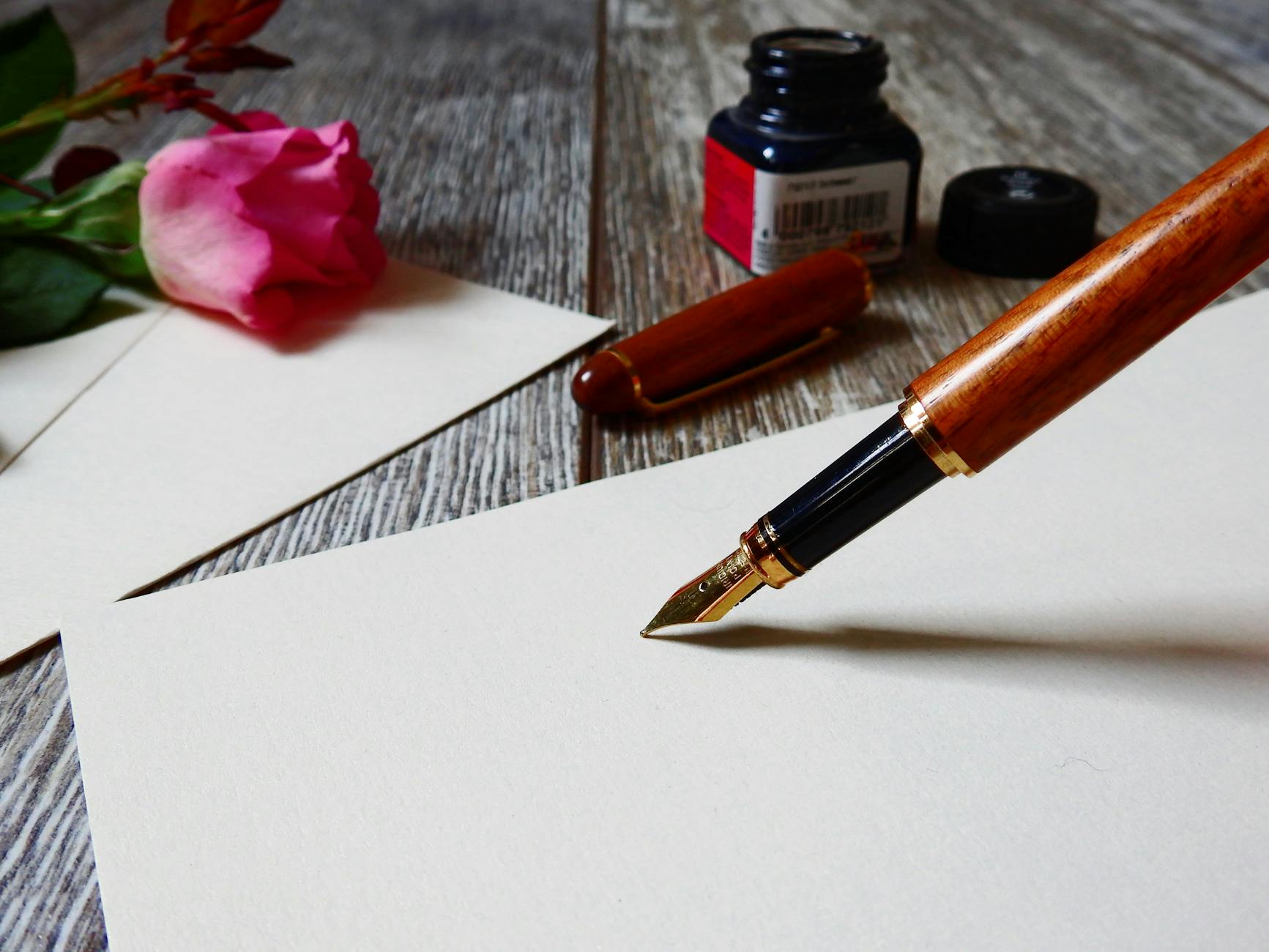Creative writing is a freeing journey that allows us to unleash our imagination and share our unique stories with the world. From captivating narratives to compelling poetry, the realm of creative writing offers endless possibilities for self-expression and exploration. Whether you’re a seasoned wordsmith or a budding storyteller, this art form welcomes all to dive into the depths of their creativity and craft something truly extraordinary.
Through the power of words, we can paint vivid pictures, evoke deep emotions, and transport readers to different worlds. Creative writing is not just about stringing together sentences; it’s about creating a connection, sparking inspiration, and leaving a lasting impact on those who delve into the worlds we create.
This blog post delves into the enchanting realm of creative writing, exploring its allure, benefits, and the profound impact it can have on individuals of all walks of life. Join me as we unravel the magic of storytelling, ignite our imaginations, and celebrate the beauty of creative expression.
The Art of Creative Writing
Creative writing is a form of self-expression that allows individuals to explore their imagination freely, distinct from academic or technical writing. It involves the art of crafting stories, poems, or essays from one’s unique perspective, encouraging creativity to flow without constraints.
Benefits of Engaging in Creative Writing
Engaging in creative writing offers a myriad of advantages beyond just putting words on paper. It enhances communication skills by encouraging individuals to articulate their thoughts effectively. Studies have shown that regular practice of creative writing can lead to improved cognitive abilities and language proficiency. For instance, a research study conducted at the University of Texas found that students who participated in creative writing workshops showed enhanced problem-solving skills and emotional intelligence.
Moreover, creative writing serves as a catalyst for boosting creativity. By engaging in imaginative exercises and storytelling, individuals can expand their creative thinking and approach problem-solving from different angles. This creative outlet not only nurtures innovation but also cultivates a sense of originality in one’s writing style.
Additionally, creative writing acts as a stress-relieving activity for many. The process of putting pen to paper can be therapeutic, offering a release of pent-up emotions and providing a sense of catharsis. Writing allows individuals to escape into fictional worlds or express their innermost feelings, creating a safe space for emotional exploration and introspection.
Creative Writing as a Therapeutic Outlet
Creative writing is not just about crafting compelling narratives; it can also serve as a powerful therapeutic outlet for emotional expression and healing. Many individuals turn to writing as a form of self-therapy to process trauma, cope with stress, and promote personal growth.
Through the act of writing, individuals can externalize their emotions and experiences, gaining a new perspective on their struggles. Writing allows individuals to confront their inner demons, confront past traumas, and find solace in the act of storytelling. Real-life anecdotes showcase how creative writing has helped individuals navigate challenging times, rebuild their sense of self, and cultivate resilience.
In essence, creative writing offers a blend of creative freedom, emotional release, and personal growth, making it a valuable tool for individuals seeking to explore their inner world and harness the power of storytelling for self-discovery and healing.
Photo by Pixabay
Techniques to Enhance Creative Writing
Enhancing your creative writing skills involves a blend of imagination, technique, and practice. Utilizing various strategies can elevate your writing to captivate readers effectively.
Utilizing Descriptive Language and Imagery
Descriptive language and imagery play a pivotal role in painting a vivid picture in the reader’s mind. By incorporating sensory details and compelling descriptions, writers can create a sensory experience for their audience. Consider the sights, sounds, smells, tastes, and textures that can enrich your narrative. Descriptive writing helps in engaging readers and making your story come alive.
To effectively integrate imagery into your writing, focus on using precise and evocative language. Appeal to the reader’s senses by describing scenes with clarity and emotion. Show, don’t tell, to create a more immersive reading experience. For example, instead of stating “the room was dark,” you could describe it as “shrouded in shadows with only a flickering candle to pierce the gloom.” Experiment with metaphors and similes to add depth to your descriptions and evoke strong emotions in your readers.

Character Development and Plot Structure
Creating compelling characters and well-structured plots are essential elements of engaging creative writing. Characters drive the narrative forward and connect readers to the story on a personal level. Develop characters with depth, flaws, and motivations to make them relatable and memorable. Character development is crucial for building empathy and investment in your story.
Plot structure forms the backbone of your narrative, guiding the progression of events and maintaining the reader’s interest. Craft a clear beginning, middle, and end while incorporating twists and turns to keep the story dynamic. Introduce conflict, resolution, and character growth to create a fulfilling storyline that resonates with your audience.
When developing characters, consider their backgrounds, personalities, and goals to ensure they feel authentic and multidimensional. Explore their relationships with other characters and their responses to challenges to enhance the complexity of your story. For plot structure, outline key plot points, pacing, and climactic moments to maintain tension and momentum throughout your narrative.

Exploring Different Forms of Creative Writing
Creative writing encompasses various forms that allow writers to express their thoughts and emotions uniquely. Let’s delve into the art of different forms of creative writing such as poetry, short stories, and novels, each offering a distinct platform for literary expression.
Poetry: Crafting Emotion Through Verses
Poetry is a powerful form of creative writing that allows writers to convey emotions and vivid imagery through carefully crafted verses. By exploring themes, rhyme schemes, and utilizing poetic devices, poets can evoke deep emotions in their readers. For instance, renowned poets like Maya Angelou and Robert Frost masterfully crafted verses that resonate with readers, inspiring aspiring poets to experiment with different styles and techniques.

Short Stories: Crafting Concise Narratives
Short stories are a concise form of storytelling that requires writers to build compelling narratives within a limited space. Structuring a short story involves developing engaging plot twists, character arcs, and crafting impactful endings that leave a lasting impression on readers. Aspiring writers can draw inspiration from classic short stories by authors like Edgar Allan Poe and Shirley Jackson to master the art of concise storytelling.
Novels: Building Elaborate Worlds and Characters
Novel writing offers writers the opportunity to immerse readers in elaborate worlds and complex characters over a longer narrative. Creating a compelling novel involves detailed world-building, in-depth character development, and maintaining consistency throughout the storyline. Writers can learn from acclaimed novelists such as J.K. Rowling and George R.R. Martin, who excelled in creating immersive worlds that captivate readers from start to finish.
Through the exploration of poetry, short stories, and novels, writers can discover their unique voice and unleash their creativity across diverse forms of creative writing. Each form presents its challenges and rewards, allowing writers to experiment, grow, and excel in their literary pursuits.
Tips for Aspiring Creative Writers
Establishing a Writing Routine:
Developing a consistent writing routine is fundamental for aspiring creative writers. By setting aside dedicated time each day to write, individuals can cultivate a habit that nurtures their creativity and enhances their skills. Whether it’s allocating a specific hour in the morning or evening or carrying a notebook everywhere for impromptu bursts of inspiration, creating a routine helps writers stay committed to their craft. Practice makes perfect, and regular writing sessions provide the opportunity to experiment, grow, and refine one’s writing style over time.

Seeking Feedback and Continuous Improvement:
Feedback plays a pivotal role in the journey of a creative writer. Aspiring writers should actively seek constructive criticism from peers, writing groups, or mentors to gain insightful perspectives on their work. Embracing feedback, whether positive or critical, empowers writers to identify areas for improvement, refine their storytelling techniques, and evolve as authors. By engaging in a culture of continuous learning and receptivity to feedback, writers can hone their craft and push boundaries in their creative endeavors.
Conclusion
In conclusion, creative writing is not just about putting words on paper; it’s about capturing emotions, painting vivid pictures, and exploring the depths of our imagination. By embracing creativity through writing, we unlock a world of endless possibilities where we can express ourselves fearlessly and authentically. So, let your creativity flow freely, pen down your thoughts without hesitation, and dare to share your unique voice with the world. Remember, writing is not just a skill; it’s a form of self-expression that has the power to inspire, provoke, and connect us all. Keep writing, keep creating, and most importantly, keep believing in the magic of your words.




